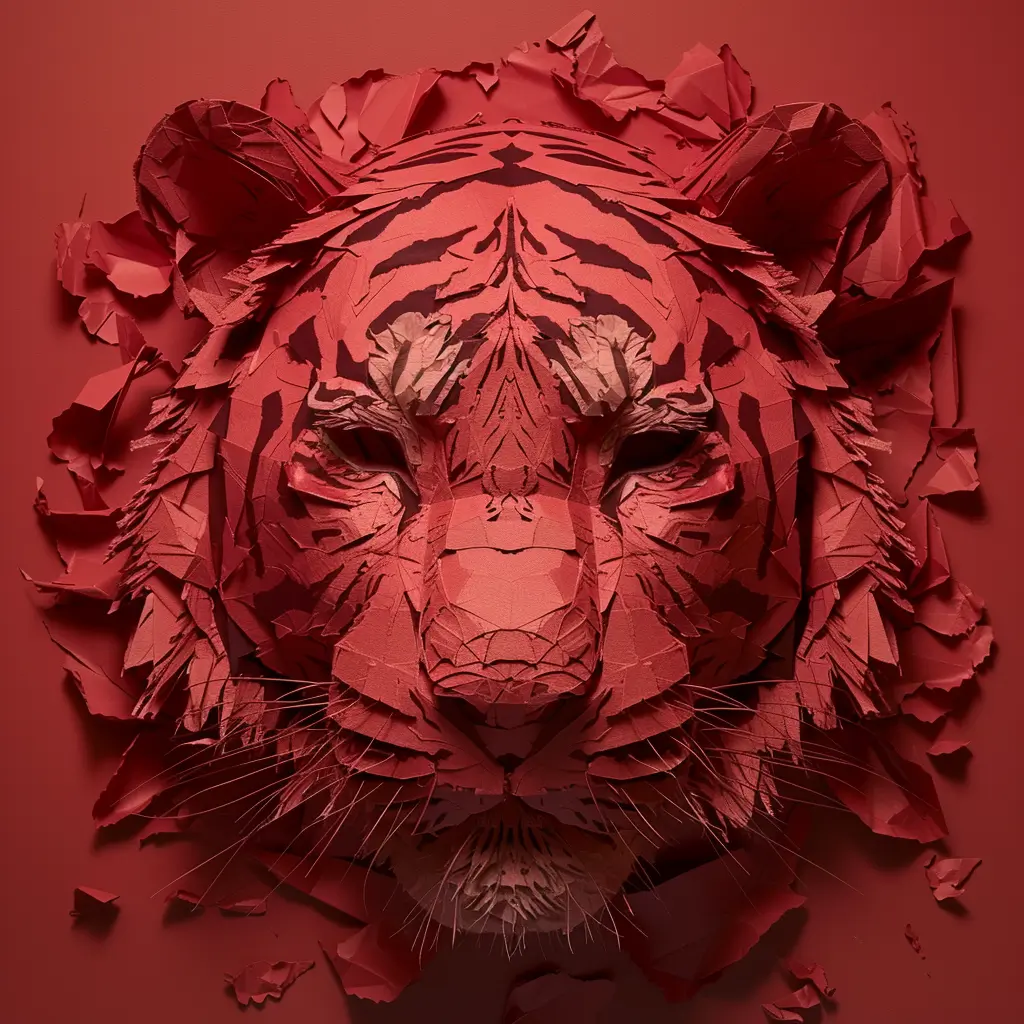The Superstar (EORC)

"Greatness is not a solo act, it's a symphony of talent, timing, and team"
At a Glance
The Superstar transforms every competition into a captivating performance, combining external drive with collaborative instincts to create moments of shared excellence. They thrive on recognition and rivalry while possessing an intuitive ability to elevate teammates and adapt spontaneously to any competitive situation.
Understanding the Superstar Sport Personality Type
The Superstar athlete inhabits a unique space where individual brilliance meets collective purpose, creating a magnetic presence that transforms ordinary competitions into unforgettable spectacles. They possess a rare combination of external  Drive, competitive fire, and collaborative wisdom that naturally draws teammates, coaches, and even opponents into their orbit. Unlike athletes who compete solely for personal satisfaction, the Superstar thrives on the tangible rewards of athletic success: championships, rankings, records, and the recognition that comes with public victory.
Drive, competitive fire, and collaborative wisdom that naturally draws teammates, coaches, and even opponents into their orbit. Unlike athletes who compete solely for personal satisfaction, the Superstar thrives on the tangible rewards of athletic success: championships, rankings, records, and the recognition that comes with public victory.
What distinguishes them from mere glory-seekers is their intuitive understanding that true greatness emerges through shared achievement. They channel their hunger for recognition through their reactive instincts and collaborative nature, reading situations instantaneously and responding with spontaneous brilliance that elevates everyone around them. Their ability to improvise under pressure, combined with their natural talent for maximizing team potential, creates a force that opponents struggle to predict or contain.
The Superstar represents the perfect convergence of athletic qualities: tactical intelligence for outmaneuvering opponents, reactive genius for pressure situations, and collaborative wisdom for inspiring collective excellence. They understand that lasting legacies are built not just on individual statistics, but on their capacity to create moments where personal glory and team success become inseparable.
Athletic Strengths and Natural Abilities
Their greatest athletic gift lies in their ability to transform pressure into performance. While others might crumble under the weight of expectation, Superstars find their rhythm in the chaos of high-stakes competition. They possess an almost mystical ability to deliver in clutch moments, making the split-second decisions that often determine outcomes. This pressure-response mechanism stems from their external motivation, they genuinely want the spotlight and have trained themselves to thrive when all eyes are watching.
Their reactive nature provides tremendous tactical advantages. They excel at reading the subtle shifts in opponent behavior, team dynamics, and game momentum that others miss. This intuitive awareness allows them to make spontaneous strategic adjustments that catch opponents off-guard. They might switch their playing style mid-game, alter team formations on the fly, or recognize the perfect moment to attempt a game-changing move.
However, this same reactive brilliance can create challenges in structured training environments. Their spontaneous approach sometimes conflicts with methodical preparation routines. They may struggle with repetitive drills or long-term conditioning programs that lack immediate competitive elements. Their motivation naturally fluctuates based on the stakes involved, they might coast through routine practice sessions but explode with intensity during scrimmages or competitive drills. This inconsistency can frustrate coaches who prefer steady, predictable development patterns.
Training Approach and Lifestyle Integration
Superstars approach training as performance preparation rather than isolated skill development. They prefer varied, dynamic workout routines that simulate game conditions and maintain their reactive edge. Traditional monotonous training methods drain their energy, while competitive drills and situational practice sessions energize them. They thrive in group training environments where they can feed off teammate energy and create the collaborative atmosphere they naturally seek.
Their lifestyle naturally revolves around their sport, but not in the obsessive manner of some athlete types. Instead, they integrate athletics into their broader social and professional identity. They might organize pickup games with friends, attend sporting events as fans, or engage with their sport community through social media and local clubs. Their external motivation prompts them to actively seek opportunities to share their athletic journey and connect with others who appreciate their achievements.
Recovery and maintenance become areas that require particular attention. Their reactive nature might lead them to ignore minor injuries or skip preventive care when they feel good. They benefit from structured recovery protocols and external accountability systems that ensure they maintain their physical foundation even when motivation for routine maintenance is low.
Ideal Sport Selection and Competitive Environments
Team sports provide natural homes for Superstar athletes, particularly those with clearly defined roles and regular competitive seasons. Basketball offers the perfect blend of individual showcase opportunities within team dynamics, allowing them to make clutch shots while setting up teammates for success. Soccer appeals to their tactical intelligence and collaborative instincts, with countless opportunities for game-changing moments and leadership expression.
Baseball and softball suit their reactive abilities, with each at-bat or defensive play offering discrete performance moments under pressure. The statistical nature of these sports also feeds their need for measurable achievement and recognition. American football allows them to specialize in high-impact positions like quarterback or team captain roles where their leadership and pressure performance shine.
Individual sports can work when they offer regular competitive opportunities and public recognition. Tennis provides the head-to-head rivalry dynamic they crave, while golf offers measurable progress and tournament structures. Track and field events, particularly relays or throwing events, combine individual performance with team scoring that appeals to their collaborative instincts.
Combat sports like martial arts or boxing can appeal to their competitive fire, especially when practiced in team training environments with belt progression systems that provide external validation. Swimming works well when pursued through team programs with relay events and championship seasons that create the competitive structure they need to maintain motivation.
Getting Started and Building Momentum
Beginning Superstar athletes should start with team-based activities or group fitness classes that immediately provide the social energy and competitive elements they need. Recreational sports leagues offer ideal entry points, providing regular games, teammates to connect with, and visible progress markers like league standings or tournament brackets. The social aspect helps sustain motivation during the skill-building phase when individual performance might still be developing.
Finding the right coach or training group becomes crucial for long-term success. They need mentors who understand their external motivation without dismissing it as shallow, and who can provide the recognition and feedback that fuels their improvement. Training partners who share their competitive hunger help maintain intensity during preparation periods.
Setting up systems to track and celebrate progress keeps them engaged during the inevitable plateaus in skill development. This might involve keeping performance statistics, participating in regular competitions, or sharing achievements through social media. The key is creating external markers of improvement that maintain their motivation even when internal satisfaction might fluctuate.
They should embrace their natural inclination to help other beginners, as teaching and encouraging others often deepens their own understanding and provides additional sources of fulfillment. Many Superstars discover that mentoring newcomers becomes as rewarding as their own competitive achievements.
Overcoming Common Obstacles
The biggest challenge Superstars face is maintaining motivation during periods without competition or external recognition. Off-season training, injury recovery, or skill development phases can become particularly difficult when the immediate rewards they crave are absent. Building internal motivation sources helps bridge these gaps, finding satisfaction in technique refinement, physical conditioning improvements, or helping teammates develop.
Their reactive nature can lead to inconsistent preparation habits that eventually limit their competitive ceiling. Learning to embrace structured training routines, even when they feel boring, becomes essential for long-term development. They benefit from understanding how disciplined preparation enables the spontaneous brilliance they display in competition.
Managing the pressure that comes with external expectations requires developing healthy relationships with recognition and achievement. While their drive for external validation is a strength, becoming too dependent on others’ opinions can create performance anxiety or fear of failure that actually limits their ability to perform in clutch moments.
Balancing individual ambition with team success sometimes creates internal conflicts, especially when personal goals and team needs seem to diverge. Learning to find personal fulfillment in team achievements and understanding how individual excellence contributes to collective success resolves this tension.
Keys to Long-Term Athletic Success
Sustainable success for Superstars comes from learning to diversify their sources of motivation while maintaining their competitive edge. Developing appreciation for the process of improvement, not just the outcomes, helps them stay engaged during necessary but less glamorous aspects of athletic development. Finding ways to make routine training more engaging through variety, competition, or social elements keeps them invested in long-term growth.
Building strong relationships within their sport community provides ongoing sources of energy and motivation. Teammates, coaches, training partners, and even competitors become part of their extended support network that sustains them through challenges and celebrates their successes. Their natural collaborative instincts serve them well in creating these mutually beneficial relationships.
Learning to channel their reactive abilities into strategic advantages rather than letting them create inconsistency becomes a crucial skill. This might involve developing pre-competition routines that prepare them to be spontaneous, or learning to read game situations more systematically while trusting their instincts for execution.
Most importantly, they need to understand that their desire for recognition and achievement is not something to suppress, but rather to direct toward goals that create lasting value. The greatest Superstar athletes learn to pursue external rewards in ways that also develop others, contribute to their teams, and leave positive legacies in their sports.
Thriving as the Superstar Athlete
The Superstar athlete’s path to fulfillment lies in embracing their unique combination of individual ambition and collaborative wisdom. Their ability to perform under pressure while inspiring teammates represents a rare and valuable talent in any sport. When they learn to balance their need for external recognition with genuine care for others’ success, they become the kind of athletes who do not just win competitions, but transform the culture of their teams and sports.
Their reactive brilliance and competitive fire, when properly channeled, create opportunities for the kind of spontaneous greatness that defines legendary athletic moments. By understanding their motivations and learning to work with their natural tendencies rather than against them, Superstar athletes can build careers that satisfy their hunger for achievement while creating the shared experiences of excellence that give sports their deeper meaning.
